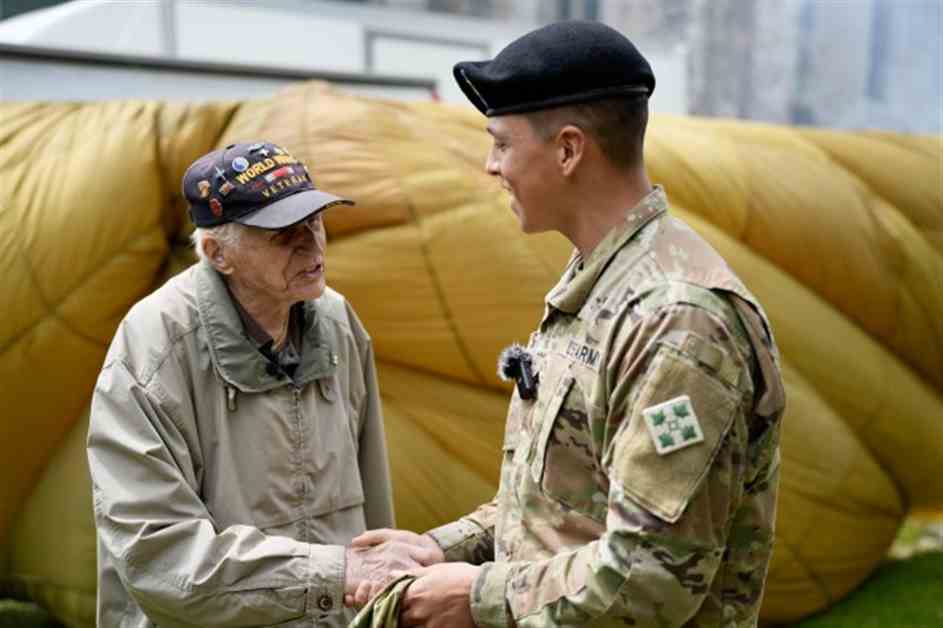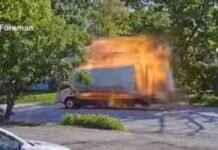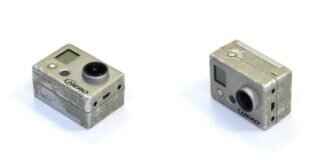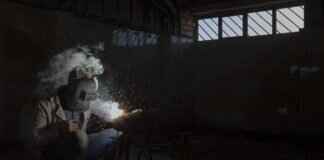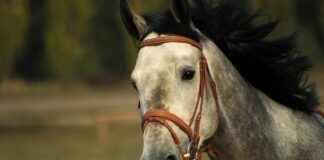Fort Carson Soldier Meets World War II Veteran in Normandy Ahead of D-Day 80th Anniversary
ST. MARIE-DU-MONT, France (KDVR) — Colorado Army soldier Andreo Navarro-Acosta had a once-in-a-lifetime opportunity to meet a true hero in Normandy. During the D-Day 80th anniversary commemorations, Navarro-Acosta encountered Stephen Melnikoff, a 104-year-old veteran who survived the Normandy invasion.
The meeting between the two took place in a small village near Utah Beach, where Navarro-Acosta, stationed at Fort Carson, expressed his gratitude for getting to meet a D-Day hero. Melnikoff, in return, thanked Navarro-Acosta for his service in protecting the nation.
As thousands of people gathered in Normandy to honor the historic D-Day invasion, the presence of a real D-Day survivor like Melnikoff evoked feelings of awe and admiration among the attendees. From signed photos to specially-brewed D-Day anniversary beer, gestures of appreciation poured in for the veteran who played a significant role in the liberation of Normandy from German forces in World War II.
The week of June 6 in Normandy has always been a time of celebration and remembrance, thanks to the presence of D-Day survivors. Recognizing the importance of preserving this legacy, a Denver-based veterans charity, The Greatest Generations Foundation, sponsored veterans like Melnikoff to revisit the battlefields of Normandy one more time.
Navarro-Acosta, deeply moved by the sacrifices and contributions of veterans like Melnikoff, acknowledged their invaluable role in shaping history. He emphasized the profound impact of their bravery and selflessness, underscoring the debt of gratitude owed to these remarkable individuals for their service.
In a world where the memories of past conflicts are fading, encounters like the one between Navarro-Acosta and Melnikoff serve as a poignant reminder of the sacrifices made by those who fought for freedom and democracy. As the legacy of D-Day continues to inspire future generations, the heroism and valor of individuals like Melnikoff will forever be etched in the annals of history.


